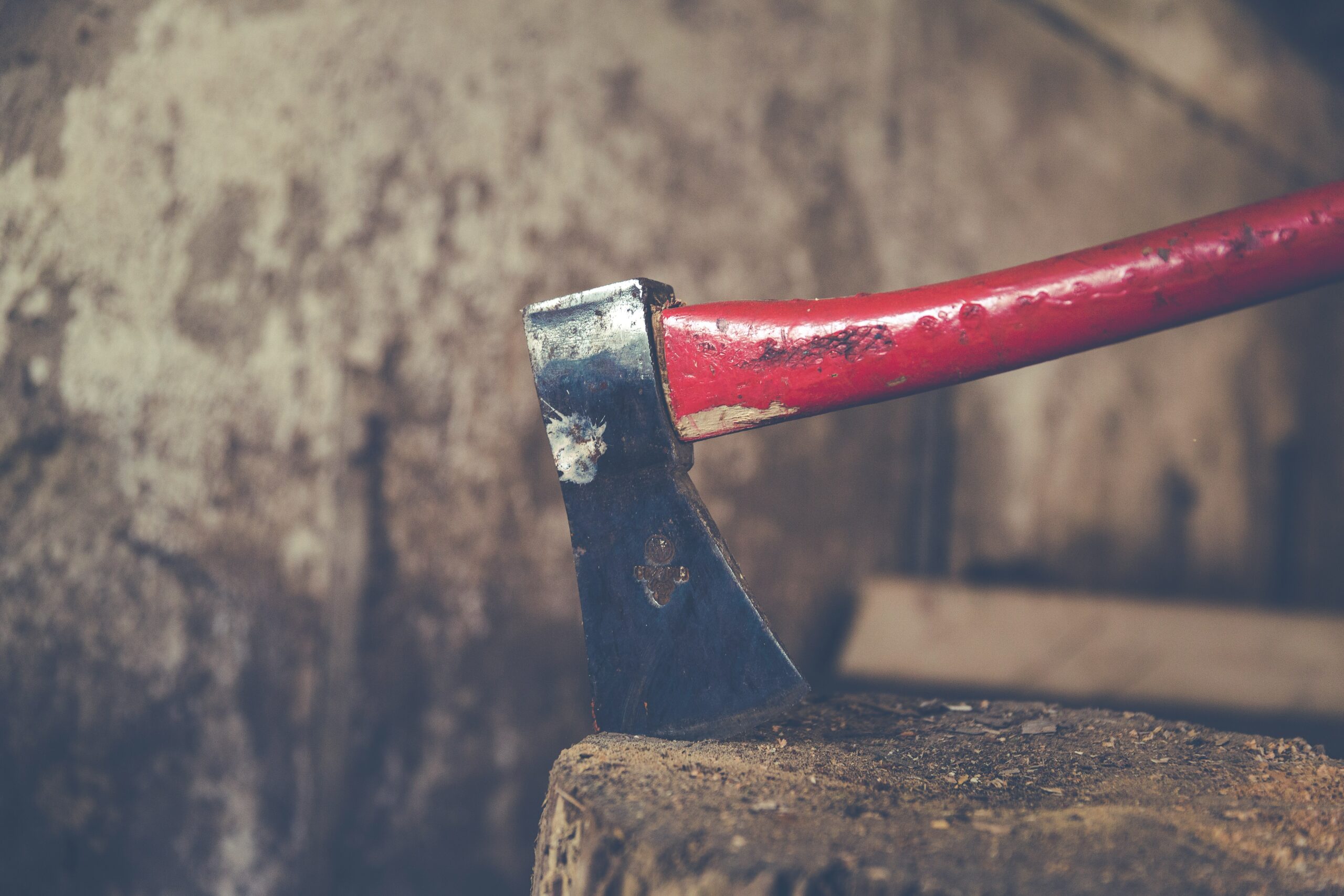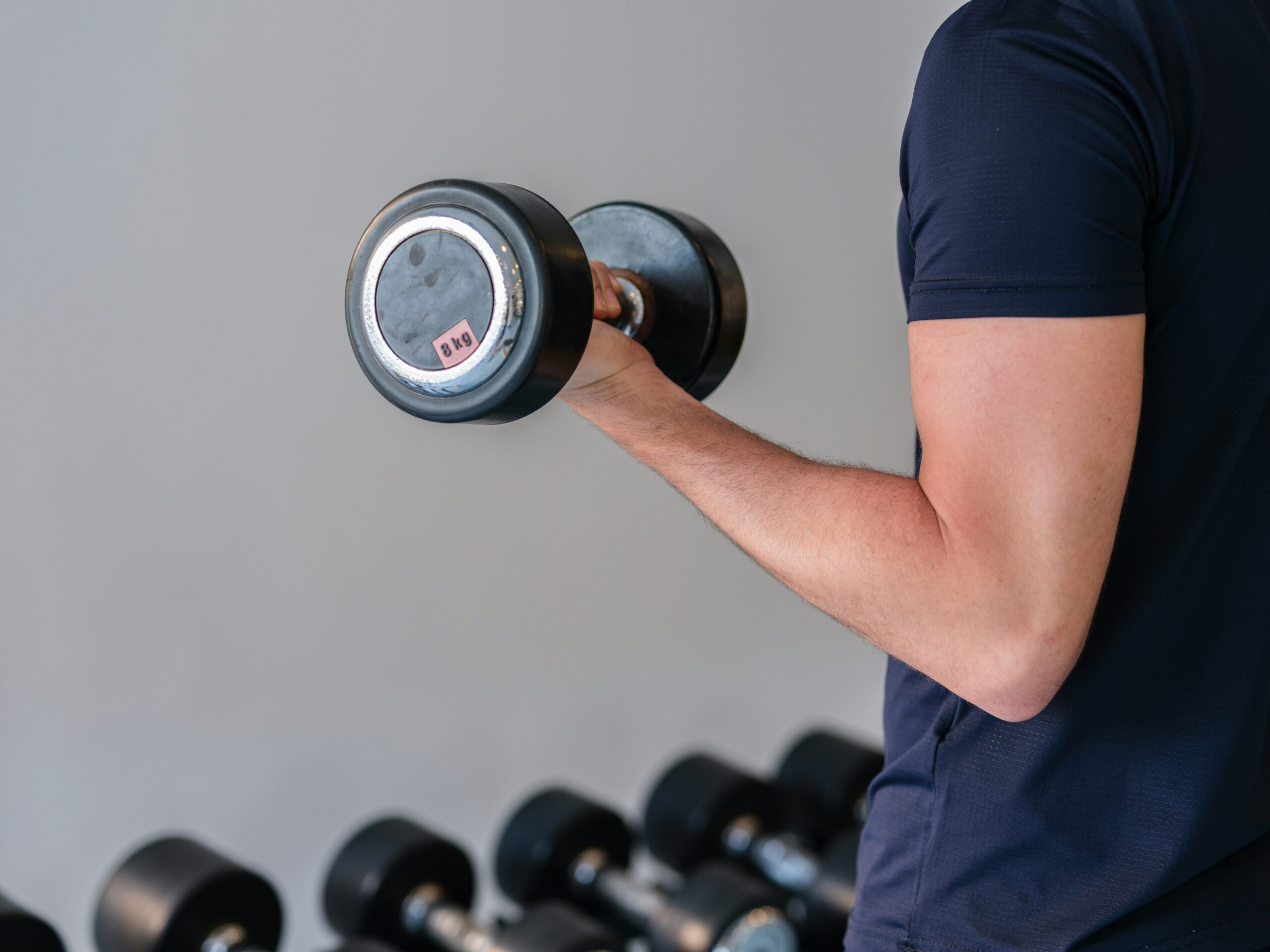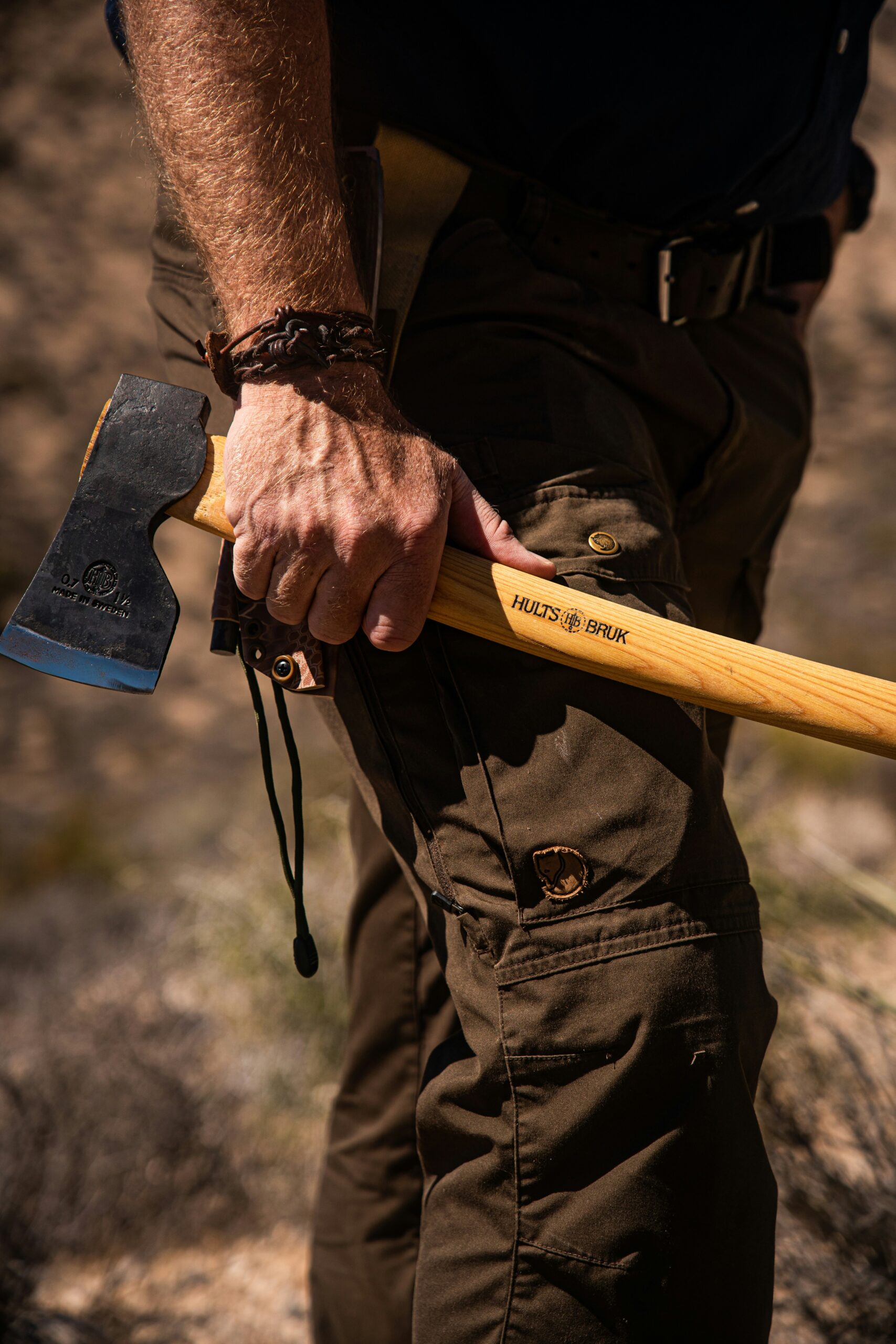Are you looking to improve your indoor axe-throwing skills? This guide will help you enhance your technique and master the sport. We’ll cover equipment selection, advanced throwing skills, and effective practice routines. By following these tips, you’ll develop better accuracy, consistency, and power in your throws. Whether a beginner or an experienced thrower, this content will provide valuable insights to take your urban axe throwing to the next level.
Key Takeaways
- Proper grip, stance, and aiming techniques are crucial for accurate indoor axe-throwing
- Safety measures and appropriate equipment selection are essential for a secure throwing environment
- Advanced throwing skills and practice routines help improve performance in competitions
- Mental preparation and focus techniques enhance concentration and overcome nerves during throws
- Engaging with the axe-throwing community through clubs and events fosters skill development
Understanding the Basics of Indoor Axe Throwing

Indoor axe throwing requires mastering key techniques for success. Proper grip, stance, and aiming methods are crucial for accurate throws. Safety measures inside the range ensure a secure environment. These skills are essential for birthday celebrations and competitive World Axe Throwing League events. Gift cards offer a great way to introduce others to this engaging sport.
Proper Grip Techniques for Better Control
Mastering the proper grip is crucial for better control in indoor axe throwing. Throwers should hold the axe near the end of the handle with their dominant hand, ensuring a firm but relaxed grip. The thumb and index finger form a ‘V’ shape, while the remaining fingers wrap around the handle. This technique allows for a smooth release and improved accuracy, benefiting both individual practice and corporate team-building events.
Stance and Posture for Accurate Throws
A proper stance and posture are crucial for accurate throws in indoor axe throwing. Throwers should stand with feet shoulder-width apart, facing the target squarely. The body weight should be evenly distributed, with knees slightly bent for stability. This balanced position allows for a smooth throwing motion and consistent accuracy, benefiting both beginners and experienced throwers in competitive events.
Aiming Methods to Improve Precision
Accurate aiming is essential for successful indoor axe throwing. Throwers should focus on a specific point on the target, usually the bullseye, and maintain eye contact throughout the throw. Consistent arm movement and release point are crucial for precision. Practice drills, such as throwing at different distances or aiming for specific target sections, can help improve accuracy over time.
Safety Measures Inside the Throwing Range
Safety is paramount in indoor axe-throwing ranges. Participants must wear closed-toe shoes and follow the facility’s rules. Throwers should stay behind the throwing line until instructed to retrieve axes. Proper axe handling and storage prevent accidents. Staff members supervise sessions, ensuring adherence to safety protocols. These measures create a secure environment for practice and competition:
- Wear closed-toe shoes
- Follow facility rules
- Stay behind the throwing line
- Handle and store axes properly
- Listen to staff instructions
Choosing the Right Equipment for Your Skill Level

Selecting the right equipment is crucial for indoor axe-throwing success. This section covers choosing the ideal axe weight and style, proper axe maintenance, and recommended attire for comfort and safety. Understanding these aspects helps throwers at all skill levels improve their technique and enjoy the sport safely.
Selecting the Ideal Axe Weight and Style
Choosing the right axe weight and style is crucial for indoor throwing success. Beginners often benefit from lighter axes, typically weighing between 1.5 to 2 pounds, which offer better control. More experienced throwers may prefer heavier axes, up to 2.5 pounds, for increased momentum. The axe head should be securely attached to a straight handle, usually made of wood or composite materials, measuring about 19 inches long.
Maintaining and Caring for Your Axe
Proper axe maintenance is crucial for indoor throwing success. Throwers should regularly clean the axe head and handle, removing any dirt or debris. The axe head should be sharpened periodically to maintain its edge, while the handle should be sanded smooth to prevent splinters. Storing axes in a dry place prevents rust and wood deterioration, ensuring longevity and consistent performance during practice and competitions.
Recommended Attire for Comfort and Safety
Proper attire enhances comfort and safety when throwing indoor axes. Throwers should wear closed-toe shoes to protect their feet from falling axes. Loose-fitting clothes allow for unrestricted arm movement during throws. Avoid dangling jewelry or accessories that could interfere with the throwing motion. Some facilities provide safety gear like protective glasses, which throwers should use when available:
Developing Advanced Throwing Skills

Developing advanced throwing skills in indoor axe throwing involves mastering various techniques. This section covers the one-handed throw, different throwing styles, and distance and target type adjustments. These skills help throwers improve accuracy and versatility, enhancing their performance in practice and competitions.
Mastering the One-Handed Throw
The one-handed throw is an advanced technique in indoor axe throwing that requires practice and precision. Throwers start by gripping the axe near the end of the handle with their dominant hand, focusing on a relaxed yet firm hold. They then raise the axe above their head, keeping their elbow bent, and release it with a smooth, forward motion. This technique allows for greater control and accuracy, making it ideal for experienced throwers aiming to improve their performance in competitive events.
Exploring Different Throwing Styles
Indoor axe throwing offers various throwing styles for advanced practitioners to explore. The overhand throw involves holding the axe above the head and releasing it downward. Side-arm throws require a horizontal arm movement, which is useful for varying trajectories. Some throwers even experiment with underhand or backward throws for added challenge. Mastering different styles enhances versatility and adaptability in competitive settings:
- Overhand throw
- Side-arm throw
- Underhand throw
- Backward throw
Adjusting Your Throw for Distance and Target Type
Adjusting throws for distance and target type is crucial in indoor axe throwing. Throwers must adapt their technique based on the distance to the target, typically 12 to 15 feet. Less force is needed for closer targets, while farther targets require more power. Different target types, such as bullseyes or specific scoring zones, may require aim and throwing angle adjustments. Experienced throwers practice these variations to improve their versatility and performance in various competitive scenarios.
Creating an Effective Practice Routine

Creating an effective practice routine is key to mastering indoor axe throwing. This section covers setting specific goals for improvement, incorporating technique-enhancing drills, and monitoring progress to adjust strategies. These elements help throwers develop a structured approach to practice, leading to consistent skill advancement and better competition performance.
Setting Specific Goals for Improvement
Setting specific goals is essential for improving indoor axe-throwing skills. Throwers should define clear, measurable objectives for each practice session, such as increasing accuracy by hitting the bullseye five times in a row or mastering a new throwing style. These goals provide direction and motivation, helping throwers track their progress and identify areas for improvement. By focusing on specific aspects of their technique, throwers can develop a structured approach to practice, leading to consistent skill advancement.
Incorporating Drills to Enhance Technique
Incorporating drills enhances the technique of indoor axe throwing. Throwers can practice target accuracy by aiming at specific points on the board, gradually decreasing target size as skills improve. Consistency drills involve throwing multiple axes quickly, focusing on maintaining form and accuracy. Distance variation drills help adapt throwing techniques for different ranges. These exercises improve precision, consistency, and adaptability:
- Target accuracy drills
- Consistency drills
- Distance variation exercises
- Form repetition practice
Monitoring Progress and Adjusting Strategies
Monitoring progress and adjusting strategies are crucial for improving indoor axe-throwing skills. Throwers should keep a log of their practice sessions, recording scores, successful techniques, and areas for improvement. Analyzing this data allows them to identify patterns and adjust their practice routines accordingly. Regular self-assessment helps throwers refine their techniques and focus on specific aspects that need work, leading to continuous improvement in their indoor axe throwing performance.
Mental Preparation and Focus Techniques

Mental preparation and focus techniques are crucial for success in indoor axe throwing. This section explores methods for building concentration during practice, overcoming nerves in competitive settings, and using visualization to enhance performance. These skills help throwers maintain focus and perform consistently under pressure.
Building Concentration During Practice
Building concentration during indoor axe-throwing practice involves creating a focused environment and using mental techniques. Throwers can minimize distractions by practicing in a quiet area and setting specific goals for each session. Deep breathing exercises before throwing help calm the mind and improve focus. Regularly practicing these concentration techniques enhances overall performance and consistency in indoor axe throwing.
Overcoming Nerves in Competitive Settings
Overcoming nerves in competitive indoor axe-throwing settings requires mental preparation and relaxation techniques. Throwers can practice deep breathing exercises before their turn to calm their nerves and maintain focus. Visualizing successful throws and maintaining a positive mindset helps build confidence. Developing a pre-throw routine, such as taking a few deep breaths or repeating a calming phrase, can create a sense of familiarity and control in high-pressure situations.
Visualization Methods to Enhance Performance
Visualization methods enhance performance in indoor axe throwing by mentally rehearsing successful throws. Throwers can practice visualizing the entire throwing process, from grip to release, focusing on perfect form and accuracy. This technique strengthens neural pathways associated with physical action, improving muscle memory and confidence. Regular visualization practice, combined with physical training, can lead to significant improvements in indoor axe-throwing performance:
- Visualize grip and stance
- Mentally rehearse throwing motion
- Imagine perfect accuracy
- Focus on positive outcomes
Engaging With the Axe Throwing Community

Engaging with the axe-throwing community enhances indoor practice. Joining local clubs and leagues provides regular opportunities to improve skills. Participating in tournaments and events offers a competitive experience. Learning from experienced throwers and instructors helps refine techniques and strategies. These activities complement indoor practice, fostering skill development and community connections.
Joining Local Clubs and Leagues
Joining local clubs and leagues offers indoor axe throwers opportunities to enhance their skills and connect with like-minded enthusiasts. These groups often organize regular practice sessions, allowing members to refine their techniques in a supportive environment. Participants can learn from experienced throwers, share tips, and engage in friendly competition, fostering skill development and community spirit.
Participating in Tournaments and Events
Participating in tournaments and events is crucial for indoor axe throwers to test their skills and gain competitive experience. These competitions allow throwers to measure their progress against others, learn new techniques, and adapt to high-pressure situations. Tournaments range from local competitions to national championships, providing opportunities for throwers at all skill levels. Participating in these events helps throwers improve their focus, consistency, and overall performance:
- Test skills against others
- Learn new techniques
- Adapt to competitive pressure
- Improve focus and consistency
- Network with other enthusiasts
Learning From Experienced Throwers and Instructors
Learning from experienced throwers and instructors significantly enhances indoor axe-throwing skills. These experts offer valuable insights on proper technique, grip adjustments, and mental preparation. They can identify and correct common mistakes, helping throwers refine their form and improve accuracy. Attending workshops or private lessons with seasoned professionals accelerates skill development and provides a deeper understanding of the sport’s nuances.
Conclusion
Indoor axe throwing mastery requires dedicated practice, focusing on proper grip, stance, and aiming techniques. Developing advanced skills, choosing suitable equipment, and creating effective practice routines are crucial for improvement. Mental preparation and focus techniques are vital in maintaining consistency, especially in competitive settings. Engaging with the axe-throwing community through local clubs and tournaments and learning from experienced throwers accelerates skill development and enhances overall performance in this exciting sport.

